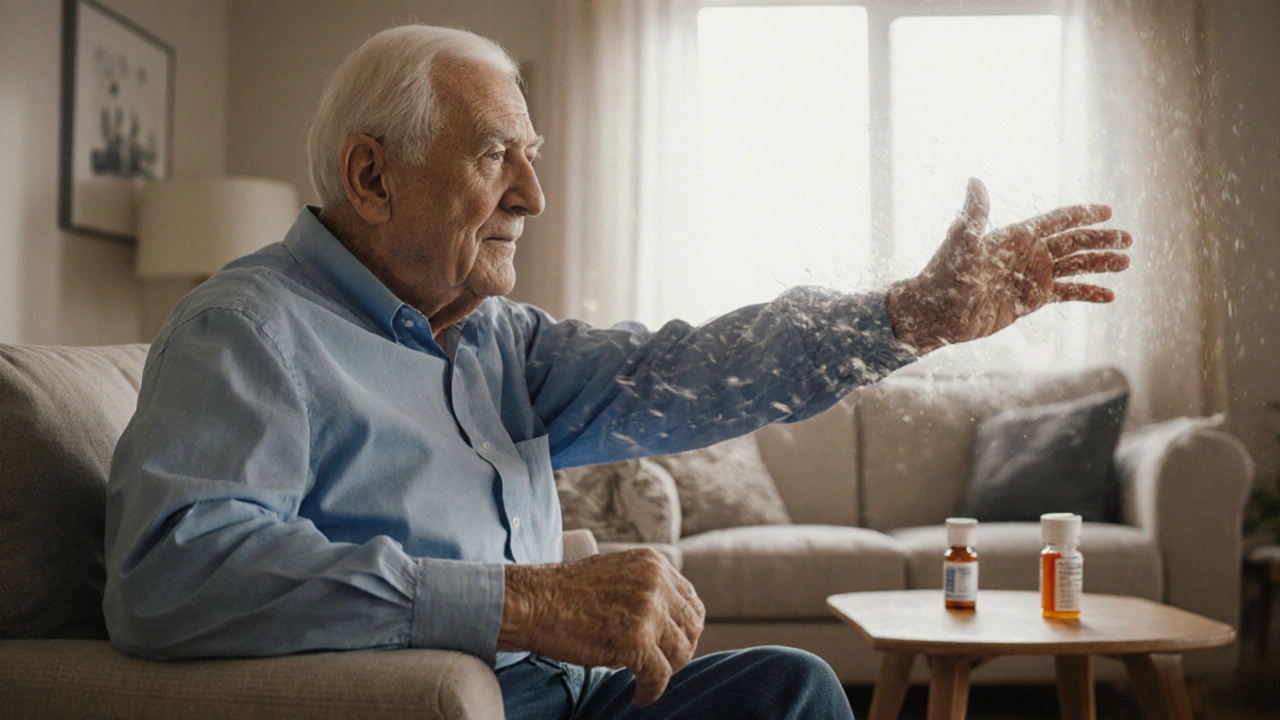
Dyskinesia Pattern Identifier
This tool helps identify the likely pattern of your dyskinesia based on timing and symptoms. Select the options that match your experience.
Your Dyskinesia Pattern:
When a person with Parkinson's disease (PD) starts to notice involuntary jerks, twists, or writhing movements, it can feel like a new, unwanted side effect that hijacks daily life. Those movements are called Dyskinesia, a set of involuntary, often rhythmic muscle contractions that can range from subtle fidgeting to dramatic flinging motions.
Key Takeaways
- Dyskinesia is most commonly linked to long‑term levodopa therapy, but disease progression and other drugs play a role.
- Four main patterns exist-peak‑dose, diphasic, early‑morning, and OFF‑phase dystonia-each with distinct timing.
- Adjusting medication timing, adding dopamine‑modulating agents, or considering deep brain stimulation (DBS) can dramatically reduce symptoms.
- A personalized checklist helps patients and clinicians catch early warning signs before they become disabling.
- Consult your neurologist promptly if dyskinesia interferes with gait, speech, or daily tasks.
What Exactly Is Dyskinesia?
Dyskinesia describes any involuntary, excessive movement that is not under conscious control. In the context of PD, it most often appears after months or years of levodopa, the gold‑standard medication that replenishes brain dopamine.
Clinically, dyskinesia can be choreiform (dance‑like), ballistic (large, sweeping), or dystonic (sustained muscle contractions that cause twisting). The intensity can fluctuate throughout the day, correlating with medication peaks and troughs.
How Parkinson’s Disease Leads to Dyskinesia
Parkinson's disease is a progressive loss of dopamine‑producing neurons in the substantia nigra. When dopamine levels drop, motor symptoms such as tremor, rigidity, and bradykinesia emerge. Levodopa restores dopamine temporarily, but repeated dosing creates a pulsatile stimulation pattern that the brain’s remaining receptors struggle to adapt to.
Over time, this uneven dopamine exposure triggers maladaptive plastic changes: sensitization of striatal dopamine receptors and altered signaling in the basal ganglia circuitry. The result is a motor system that over‑reacts whenever dopamine spikes, manifesting as dyskinesia.
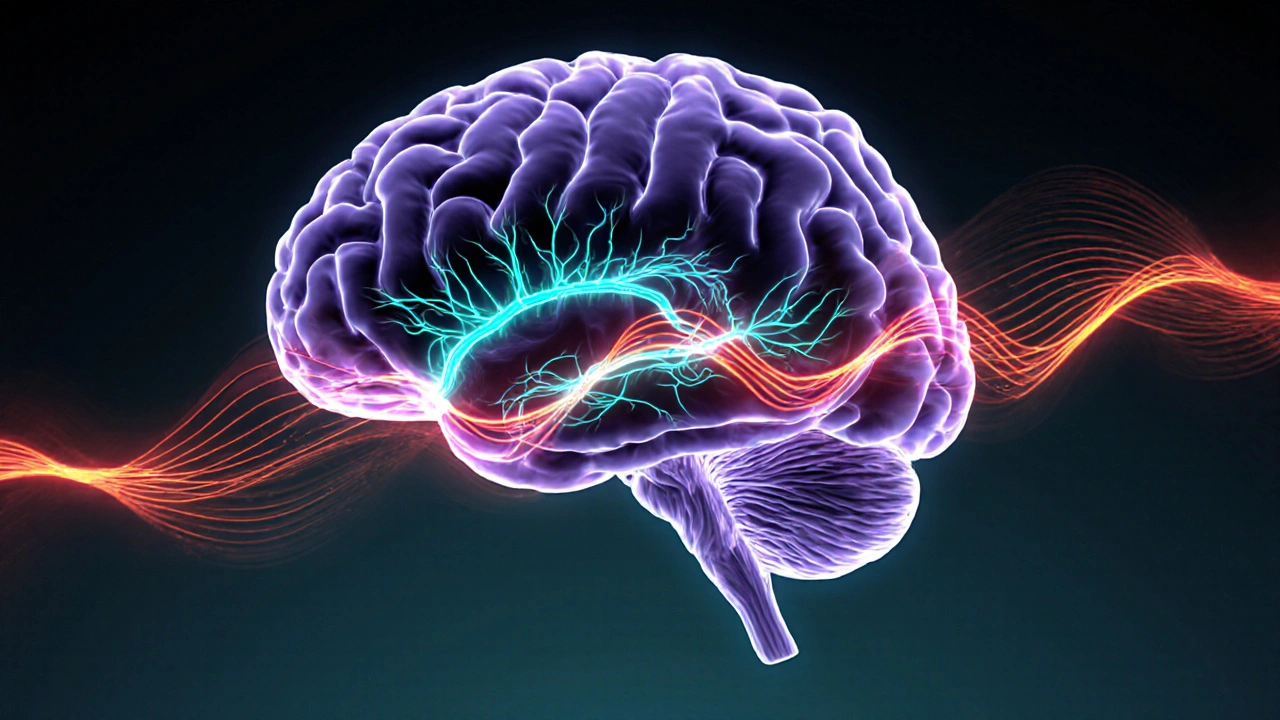
Risk Factors and Common Triggers
Not everyone on levodopa develops dyskinesia, but several factors raise the odds:
- Younger age at PD onset: patients diagnosed before 60 tend to have a longer levodopa exposure window.
- Higher cumulative levodopa dose: studies show that exceeding ~400g of levodopa over years spikes risk.
- Rapid dose escalation: jumping from 300mg to 800mg per day within weeks can shock the system.
- Female sex: estrogen may modulate dopamine receptor sensitivity, modestly increasing susceptibility.
- Concurrent dopamine agonists: drugs like pramipexole or ropinirole add extra dopaminergic tone, amplifying the effect.
Beyond medication, stress, fatigue, and lack of regular exercise can exaggerate movement swings, making dyskinesia feel worse on bad days.
Recognizing the Different Types of Dyskinesia
The timing of involuntary movements relative to levodopa dosing creates four recognizable patterns. Knowing which pattern you have guides treatment.
- Peak‑dose dyskinesia: Appears 30-90 minutes after a levodopa dose, when blood levels are highest. Often choreiform and most common.
- Diphasic dyskinesia: Fluctuates at the beginning and end of a dose’s effect, giving a “biphasic” wave of movements. May include both chorea and dystonia.
- Early‑morning (OFF‑phase) dystonia: Occurs after an overnight washout, before the first dose. Muscles become stiff and painful, especially in the foot or toe.
- OFF‑phase dyskinesia (wearing‑off dystonia): Involuntary contractions reappear as levodopa levels fall, often blending with motor “OFF” symptoms.
Documenting the exact timing helps your neurologist decide whether to tweak timing, lower dose, or add a complementary drug.
Managing Dyskinesia: Strategies That Work
There isn’t a one‑size‑fits‑all cure, but a layered approach usually yields the best results.
1. Fine‑tune Levodopa
- Fractionate dosing: Instead of three large doses, spread levodopa across five or six smaller doses to smooth peaks.
- Use controlled‑release formulations: Extended‑release (ER) tablets deliver dopamine more gradually.
- Lower total daily levodopa: Reducing the cumulative dose can reverse early dyskinesia in many patients.
2. Add-On Medications
Adjuncts target the same pathway without creating dramatic spikes.
| Drug | Mechanism | Typical Dose | Effect on Dyskinesia |
|---|---|---|---|
| Entacapone | COMT inhibitor - prolongs levodopa half‑life | 200mg with each levodopa dose | Reduces OFF time; may modestly increase dyskinesia if levodopa dose unchanged |
| Selegiline | MAO‑B inhibitor - reduces dopamine breakdown | 5‑10mg daily | Allows lower levodopa dose, lessening peak‑dose dyskinesia |
| Amantadine | NMDA‑receptor antagonist - dampens excitatory glutamate | 100‑200mg daily (extended‑release) | Strong evidence for reducing peak‑dose dyskinesia without worsening motor symptoms |
| Istradefylline | Adenosine A2A antagonist - improves ON time | 20‑40mg daily | Indirectly lowers needed levodopa, helping control dyskinesia |
3. Surgical Option: Deep Brain Stimulation (DBS)
When medication tweaks fail, deep brain stimulation (DBS) targeting the subthalamic nucleus or globus pallidus internus can dramatically reduce both OFF time and dyskinesia. Candidates are typically under 70, have good cognitive function, and experience motor complications despite optimal drug therapy.
4. Lifestyle and Physical Therapy
- Regular aerobic exercise: Improves dopamine signaling and may blunt dyskinesia severity.
- Stretching and yoga: Keeps muscles supple, reducing dystonic spikes.
- Occupational therapy: Teaches adaptive strategies for daily tasks when involuntary movements flare.
5. Patient‑Driven Monitoring
Keeping a simple diary-recording dose time, movement quality, and activity level-helps the care team see patterns that might be missed during clinic visits.

Practical Checklist for Patients and Caregivers
- Track medication times and exact doses in a notebook or app.
- Note when involuntary movements start, peak, and subside.
- Rate the impact on walking, eating, and speaking on a 0‑10 scale.
- Report any new stressors, changes in sleep, or diet shifts.
- Bring the diary to every neurology appointment.
When to Seek Immediate Help
If dyskinesia suddenly becomes severe enough to cause falls, choking, or loss of bladder control, treat it as a medical emergency. Likewise, if you notice rapid cognitive changes, confusion, or hallucinations alongside the movements, contact your neurologist right away.
Frequently Asked Questions
Is dyskinesia a sign that Parkinson’s disease is getting worse?
Not necessarily. Dyskinesia mainly reflects medication‑induced changes rather than disease progression. However, it often appears after several years of treatment, which coincides with a natural advance in PD.
Can I stop levodopa completely to get rid of dyskinesia?
Abruptly stopping levodopa would cause severe OFF symptoms and is unsafe. The goal is to lower the dose gradually, add adjuncts, or switch to continuous delivery methods while maintaining motor control.
How quickly does amantadine work for dyskinesia?
Patients often notice improvement within 2‑4 weeks of starting the extended‑release formulation, with maximal benefit by eight weeks. Side effects like peripheral edema are uncommon but should be monitored.
Is deep brain stimulation curative for dyskinesia?
DBS isn’t a cure for Parkinson’s, but it can dramatically cut the severity of dyskinesia and reduce medication needs. Long‑term follow‑up is required to adjust stimulation settings.
Will exercise really help with involuntary movements?
Regular aerobic activity-like walking, cycling, or swimming-has been shown in clinical trials to lower peak‑dose dyskinesia scores by up to 20%. It also boosts overall mobility and mood.
Next Steps for Readers
Take a few minutes now to jot down your current levodopa schedule and any episodes of involuntary movement you’ve noticed. Bring this information to your next neurology visit and discuss which of the strategies above might fit your lifestyle. Remember, dyskinesia is manageable, and with the right tweaks you can keep enjoying daily activities without constant surprise movements.


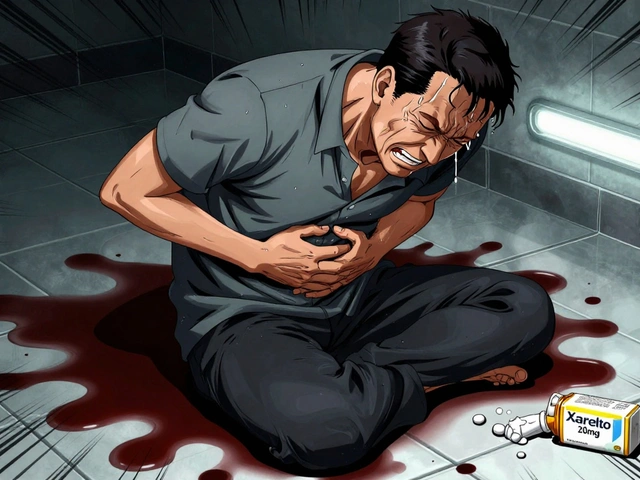


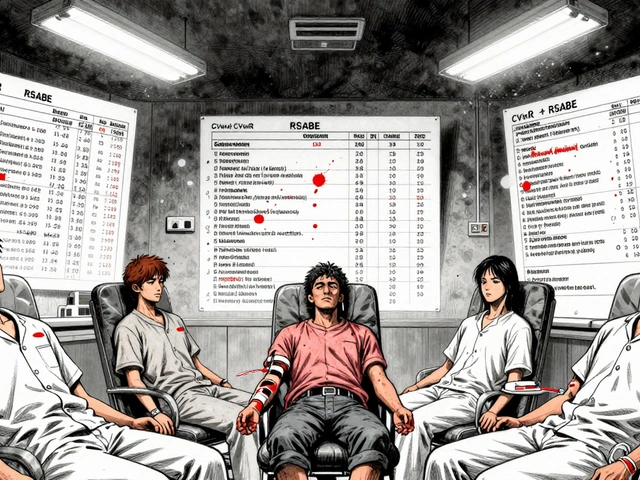
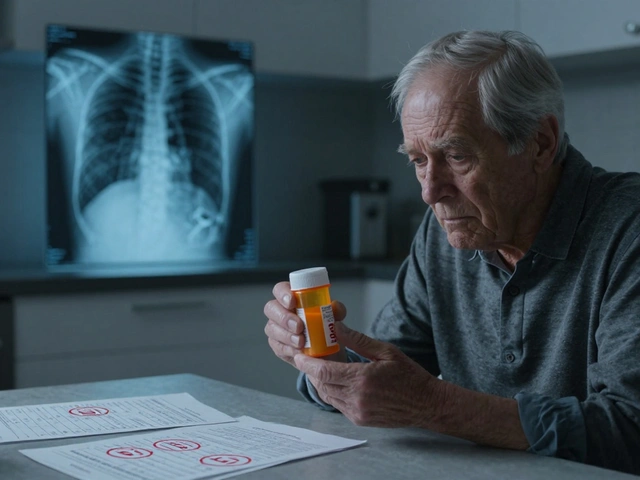
8 Comments
People who ignore dyskinesia warnings are basically courting disaster.
I get why the tool is helpful; it really puts the timing patterns into plain sight. Knowing whether you’re dealing with peak‑dose or early‑morning dyskinesia can save a lot of trial‑and‑error. It’s great that the checklist encourages patients to write down doses and symptoms, because that data speaks louder than any guess.
While the authors extol the virtues of medication fractionation, one must not neglect the insidious role of non‑pharmacologic triggers. Stress, fatigue, and even dietary fluctuations can masquerade as levodopa‑induced dyskinesia, yet they receive scant mention. Moreover, the claim that deep brain stimulation is a panacea borders on hyperbole; postoperative adjustments are far from trivial. In the grand tapestry of Parkinson’s management, a singular focus on pharmacology is a myopic view. Let us, therefore, champion a more holistic paradigm.
From a neurophysiological standpoint, the pulsatile dopamine delivery you get with standard levodopa is akin to a metronome that occasionally skips a beat. Those skipped beats are what the basal ganglia interpret as erratic, giving rise to dyskinesia. By smoothing out the dopamine curve-whether via extended‑release formulations or continuous infusion-you essentially give the brain a steadier rhythm. Adding an NMDA antagonist like amantadine can further dampen the excitatory overflow. So, think of it as both a timing and a dampening problem.
Let’s be honest-the American drug market loves pumping out higher doses, and patients end up paying the price in dyskinesia. The data clearly show that males in the U.S. receive on average 15 % more levodopa than their European counterparts, which correlates with higher peak‑dose events. If we truly cared about quality of life, we’d prioritize dose‑sparing strategies over profit‑driven titration. The “one‑size‑fits‑all” mantra is a relic of a bygone era, and it belongs in the museum of medical mistakes. It’s time we demand smarter prescribing.
Ah, the noble pursuit of self‑diagnosis! 🙄 Yet, in the chaotic streets of Delhi, we see patients juggling levodopa doses like fireworks-spectacular but dangerous. The tool you praise may work in a lab, but real‑world chaos demands more than check‑boxes; it needs cultural sensitivity and affordable options. Remember, a solution that ignores socioeconomic realities is as hollow as a drum.
Michelle, you raise some solid points about stress and lifestyle factors. In my clinic, we often incorporate mindfulness sessions to help patients recognize those hidden triggers. Combining that with judicious med adjustments tends to produce a smoother dyskinesia profile. Glad you highlighted the holistic view!
Truth be told, the whole dyskinesia “tool” is probably a data mining ploy by pharma giants to keep us hooked on their apps. They feed us sweet UI while feeding us more meds behind the scenes. It’s all a grand experiment, and we’re the unwitting subjects.